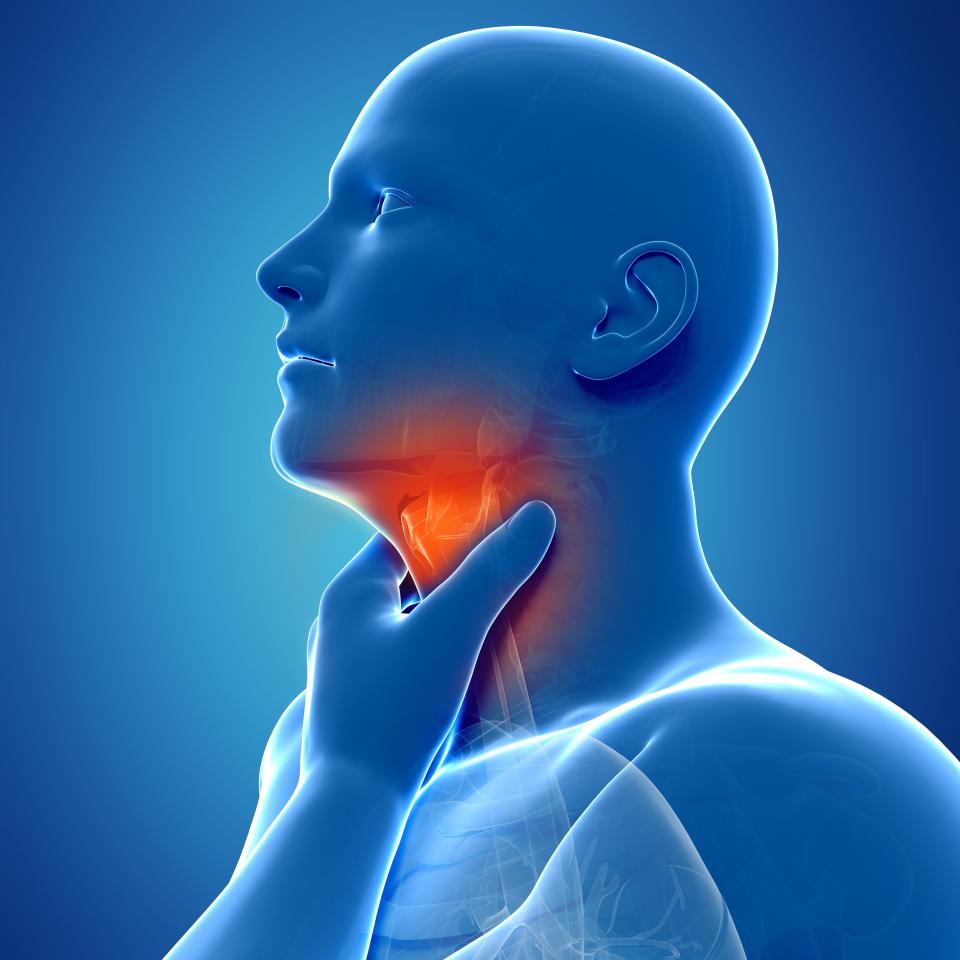What the Health?! Can you really die from burning your throat on hot foods?
Can leftover spaghetti really kill you? Can you actually cough up a blood clot in the shape of your lung? In Yahoo Lifestyle Canada‘s newest series, What The Health?!, we ask doctors to weigh in on odd health news stories and set the record straight. Be sure to check back every Friday for the latest.

A U.K. man died 12 hours after eating a piece of food so hot that it burned his throat and caused him to stop breathing, a British inquest has heard.
In April of this year, Darren Hickey, a 51-year-old wedding planner, was at a venue when a chef gave him a small fishcake to sample, the Independent reported. The burning in his throat intensified throughout the day, prompting Hickey to visit an urgent care ward in Lancashire.
ALSO SEE: What The Health?! Woman's ruptured brain cyst originally misdiagnosed as migraines
After being sent home with painkillers, he was resting when his partner found him choking and attempted back blows to help. Hickey was rushed to hospital where he later died of asphyxiation.
Acting senior coroner Alan Walsh recorded a verdict of accidental death.

“I believe there are enormous lessons to be learned,” Walsh said. “This was caused by eating a fishcake, very small and very hot but with catastrophic consequences. I find this an immense tragedy.”
Dr. Adam Lund, emergency physician at Royal Columbian and Eagle Ridge hospitals in B.C., says that to understand how a throat burn could lead to death, it’s necessary to look at two factors: how the body responds to burns and the anatomy of the airway.
While there are different degrees of burns, thermal injury to tissue causes the body to react by pushing more blood flow to the area, which can lead to inflammation. When an elbow or ankle is injured, swelling goes outward. However, when it comes to the airway and its tubular structure like a straw, that swelling goes inward.
ALSO SEE: What The Health? Woman's blood turns blue after developing rare disorder
“That decreases the diameter available a room for saliva or moving air up and down,” says Lund, who’s also a clinical associate professor in the Department of Emergency Medicine at UBC. “On a minor level, that can cause hoarseness in the voice or a sense of tightness and discomfort. On a severe level, it can severely cut off ability to move air. The swelling takes up all available space.”
Blistering, sometimes pronounced, can happen as well, and burnt tissue can also slough off, making breathing even more difficult.

In a clinical setting, while there may be visible signs of a burn from inhaling smoke or dangerous gases, in the upper airway, but a burn in the lower airway can’t be seen by the naked eye. This would require inserting a scope with a fibre optic camera or doing X-ray or CT imaging. In Hickey’s case, doctors (including one who specializes in the ear, nose, and throat), couldn’t see any signs of damage at the back of the throat, and didn’t do any further examination.
Treatment for a burnt airway include intubation and being put on a breathing machine until the swelling goes down. Inhaled medications or steroid medications can abate the inflammatory response and shrink tissue.
ALSO SEE: What The Health?!: Doctors say man murdered his mother during 'cannabis induced psychosis'
Signs that there’s a threat to the airway, Lund says, include vocal changes, difficulty swallowing and drooling. Any sort of symptoms related to the airway call for urgent medical aid.
“It’s important not to be alone,” Lund says. “First responders can make all the difference in getting the help you need. Someone going off to the bathroom or sequestering yourself is bad advice. If breathing is affected, you may lose consciousness….If you have a hot coffee in the morning, it doesn’t mean you can’t choke on a meatball in the evening. It happens.
“Airway emergencies have the potential to be deadly very, very quickly,” he says. “It’s one of those few circumstances where seconds really count.”
Let us know what you think by commenting below and tweeting @YahooStyleCA! Follow us on Twitter and Instagram.



